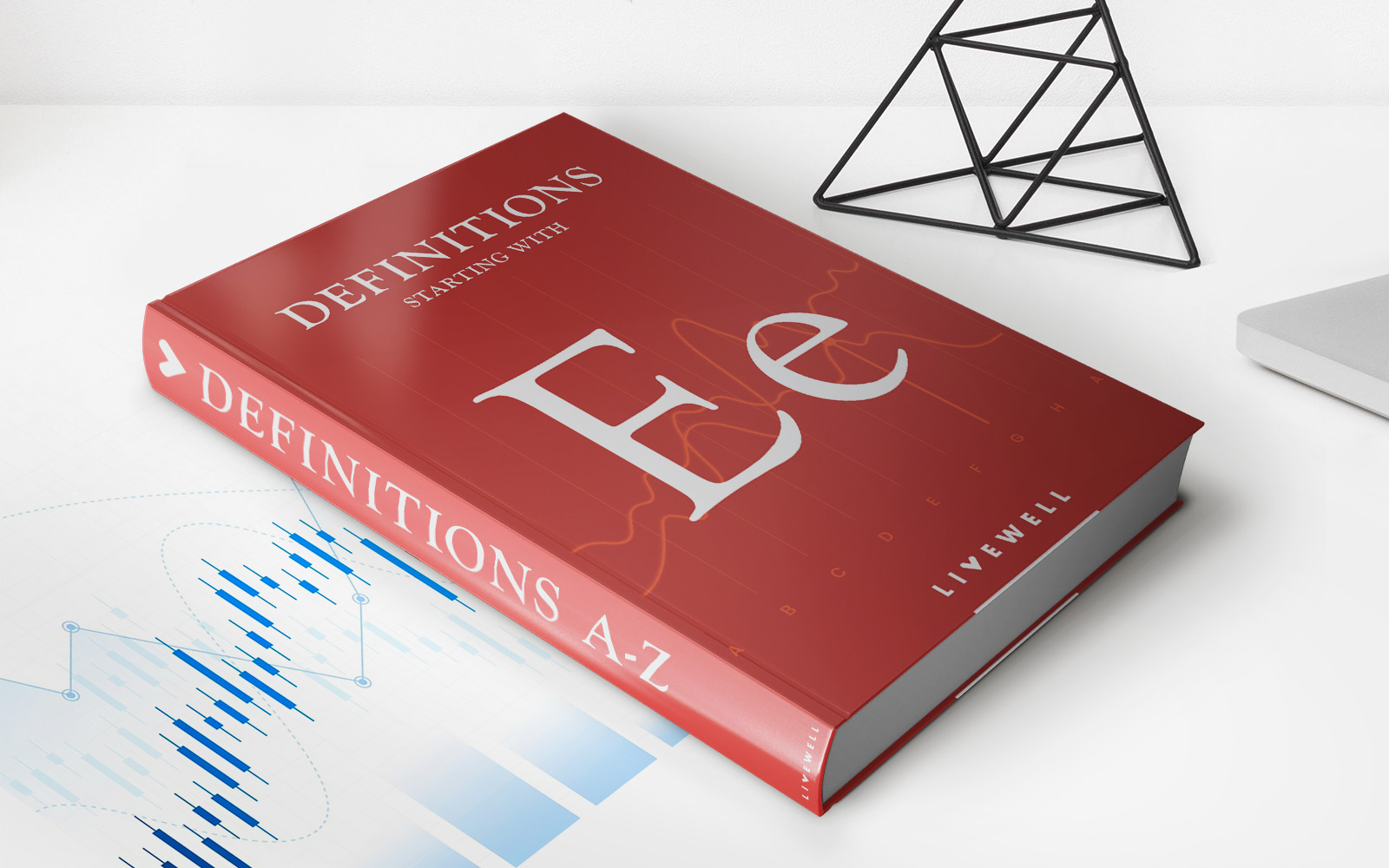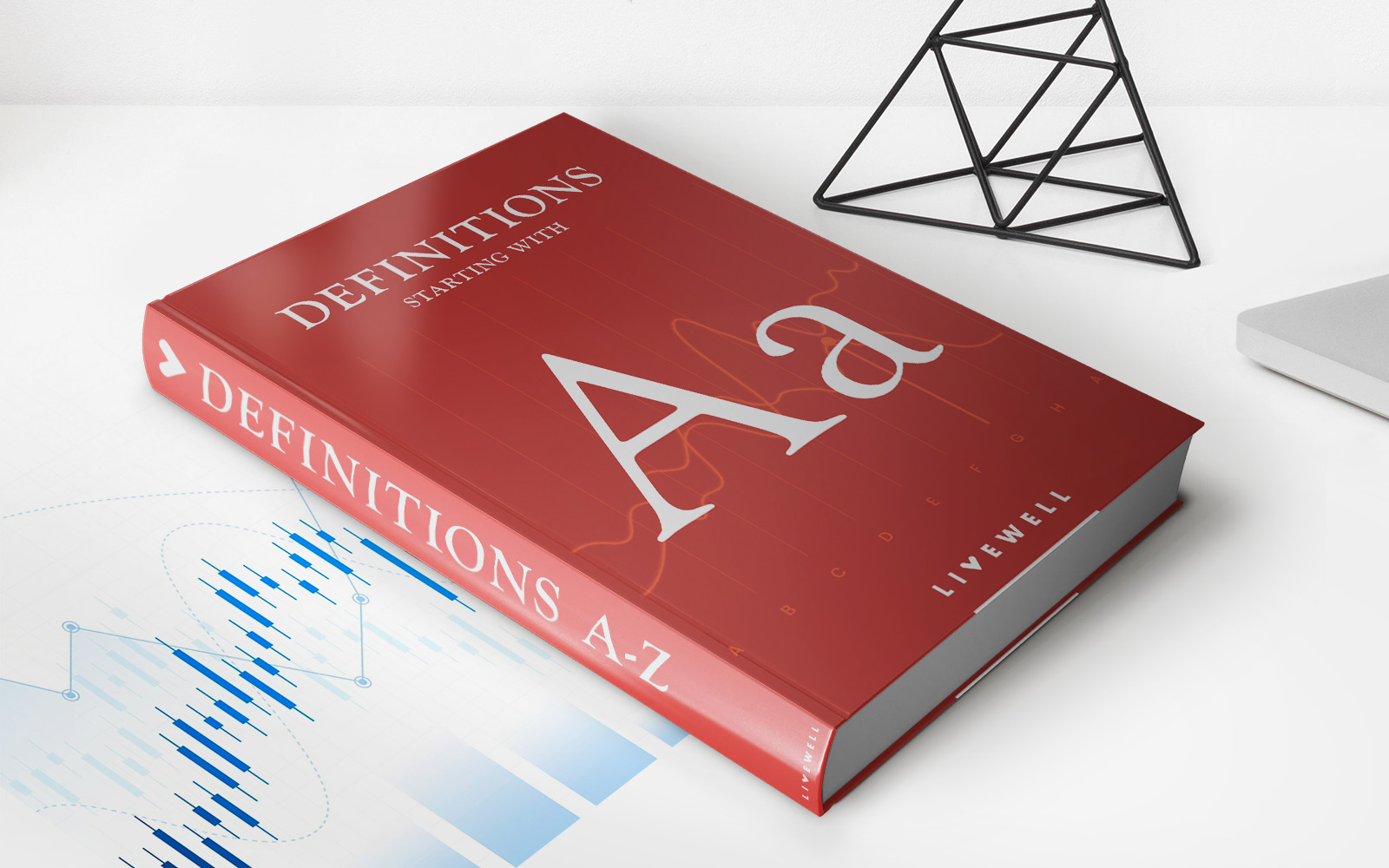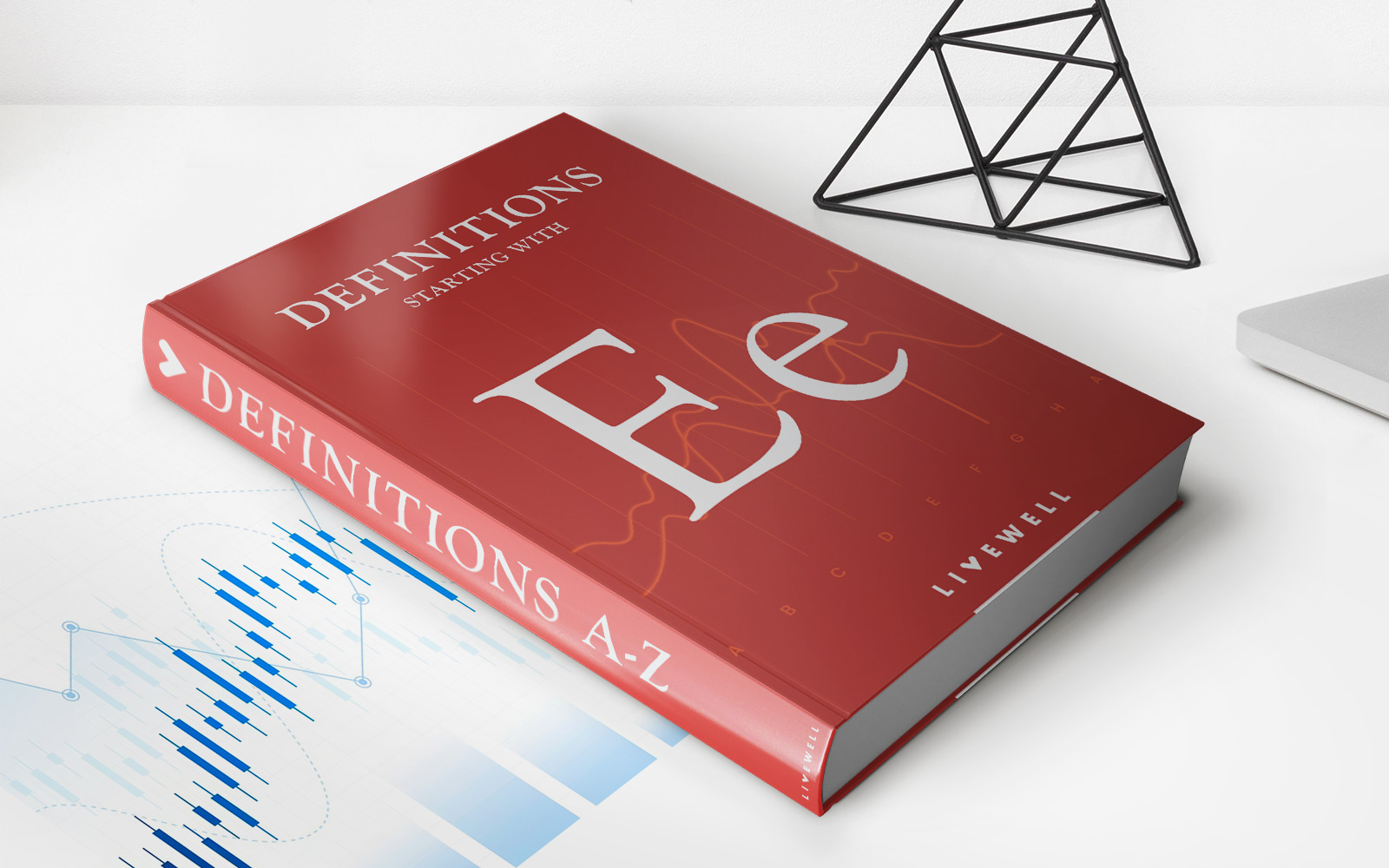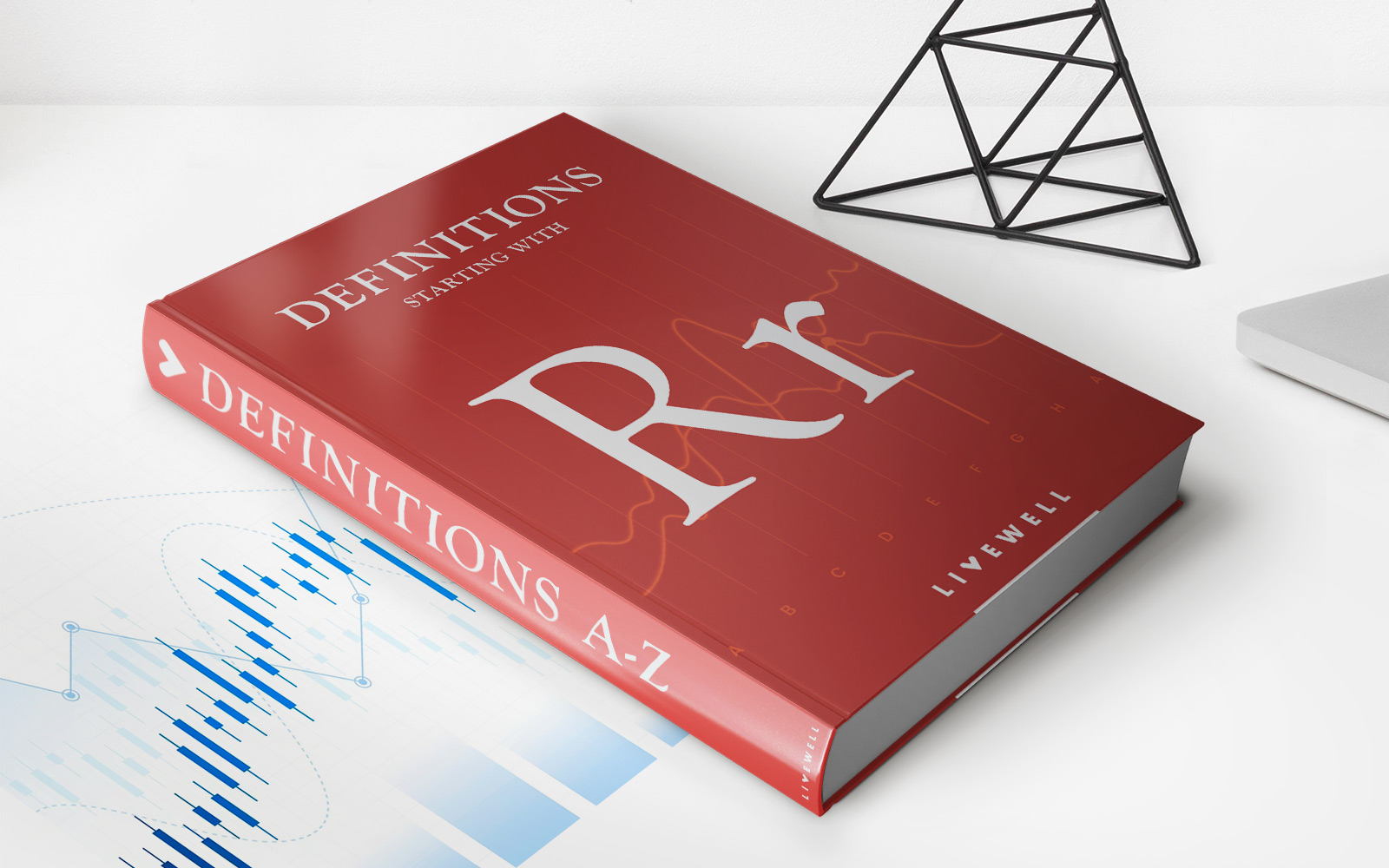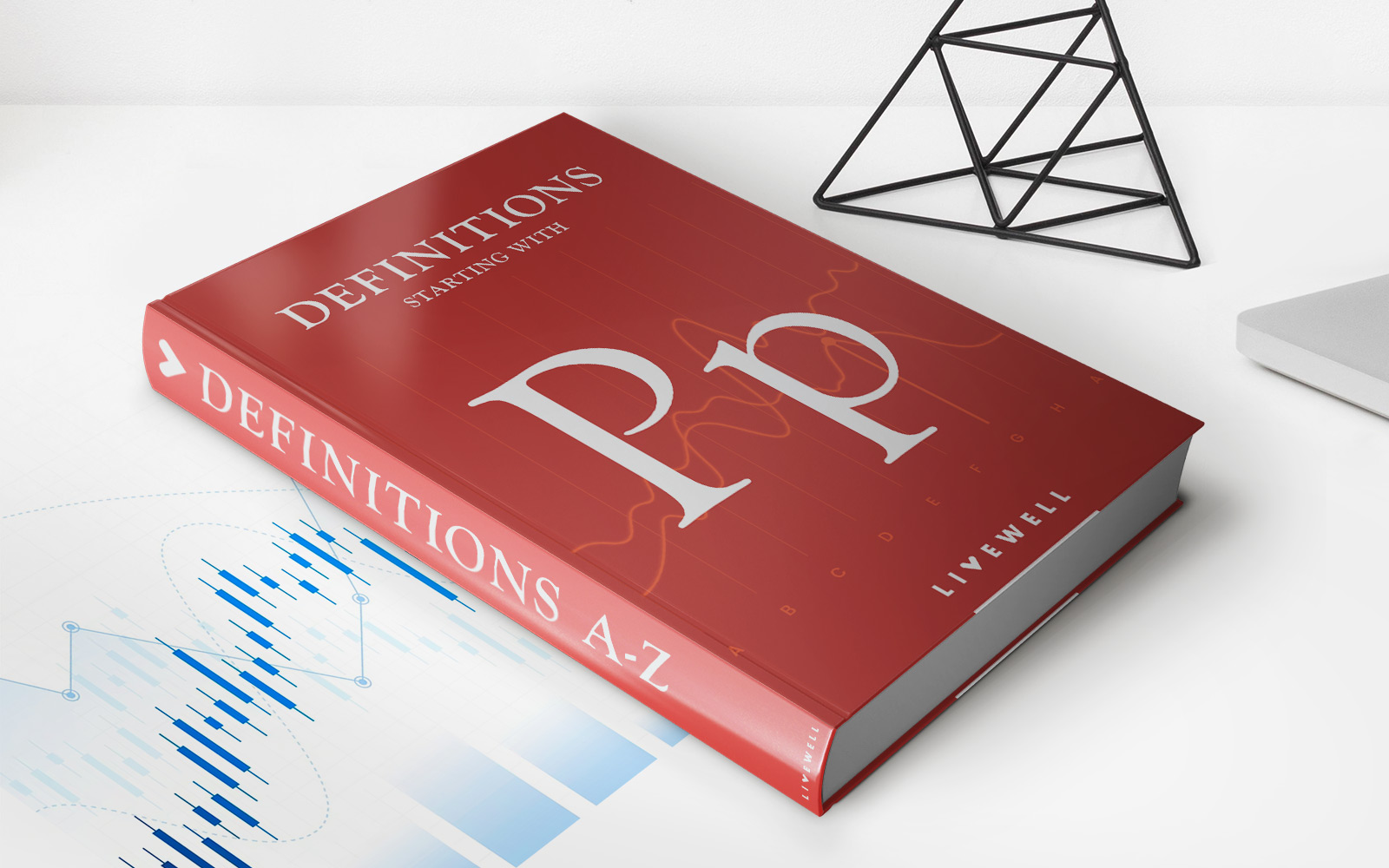

Finance
Parallel Loan Definition
Published: January 5, 2024
Learn the definition of parallel loan in finance and how it works. Explore the benefits and risks of this financing option.
(Many of the links in this article redirect to a specific reviewed product. Your purchase of these products through affiliate links helps to generate commission for LiveWell, at no extra cost. Learn more)
Understanding Parallel Loans: A Guide to Financing Options
When it comes to managing your personal or business finances, having a good understanding of different financing options is essential. One such option that you may come across is a parallel loan. In this blog post, we will delve into the world of parallel loans, providing you with a comprehensive definition, explanation, and some key takeaways to help you navigate through the world of finance.
What is a Parallel Loan?
A parallel loan, sometimes referred to as a dual currency loan or a dual tranche loan, is a financial arrangement where two borrowers in different countries enter into separate loan agreements with their respective lenders. These loans are then swapped or exchanged, allowing each borrower to access funds in their desired currency.
Parallel loans are commonly used in international transactions, particularly in cases where borrowers need to match their financing requirements with their currency preferences. This arrangement allows for more flexibility and may help mitigate foreign exchange risks.
Key Takeaways:
- Parallel loans involve two borrowers in different countries entering separate loan agreements.
- These loans are then swapped or exchanged, allowing each borrower to access funds in their desired currency.
How Does a Parallel Loan Work?
In a parallel loan, each borrower obtains a loan in their respective currency from their local lender. The borrowers then enter into an agreement to swap the loans between themselves at an agreed exchange rate. This swap allows each borrower to essentially access funds in their desired currency without needing to directly borrow in that currency.
The exchange rate agreed upon in the loan swap is crucial as it determines the ratio at which the loan amounts are exchanged. This exchange rate is typically based on prevailing market rates at the time of the swap agreement.
It is important to note that while parallel loans provide flexibility in terms of currency, they do carry some risks. Fluctuations in exchange rates can impact the value of the loan and the overall cost of borrowing. Borrowers should carefully consider these risks and conduct proper risk management strategies to mitigate any potential negative impacts.
Advantages of Parallel Loans
Parallel loans offer several advantages for borrowers, including:
- Flexibility: Parallel loans allow borrowers to match their financing needs with their desired currency, providing more flexibility for international transactions.
- Foreign exchange risk mitigation: By accessing funds in their desired currency, borrowers can potentially mitigate the risk associated with fluctuating exchange rates.
- Broadening funding sources: Parallel loans enable borrowers to tap into diverse funding sources, as they are not limited to a single country’s financial market.
In Conclusion
Parallel loans are a popular financing option for individuals and businesses involved in international transactions. By allowing borrowers to access funds in their desired currency, parallel loans provide flexibility, help mitigate foreign exchange risks, and open up opportunities for tapping into diverse funding sources. As with any financial decision, it is crucial to thoroughly analyze and consider the risks involved before opting for a parallel loan.



